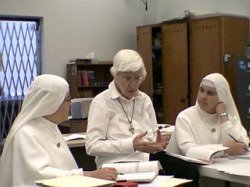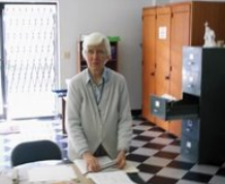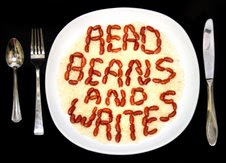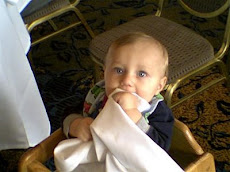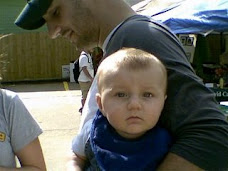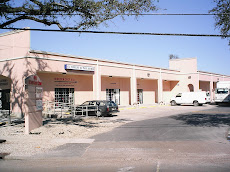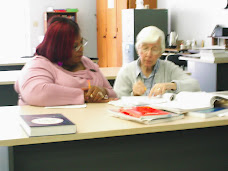
(Read about the life story of Miss Kitty on this blog at this post:
If it does not click, then just copy and paste the link into the browswer. Miss Kitty's photo was taken by my sister, Marci.)
I can not list all of the people who have helped me over these past two years to "get things done." (That's our motto for Literacy AmeriCorps, by the way.) You know who you are, and you know that I appreciate GREATLY eveything that you have done to help.
Instead, as a symbol for US ALL who followed, wrote for, or read this blog (and you have helped us get 7816 hits on the blog since Feb. 2008 until today) -- the nuns, the students, our friends in Literacy AmeriCorps (in New Orleans and in Pittsburgh and elsewhere in the USA), at the Boggs Literacy Center and with the Literacy Alliance of Greater New Orleans, our friends who were at the Amundsen-Scott South Pole Station and McMurdo Station in Antarctica with the US Antarctic Program, my friends in Chatham, VA and in other states in the USA, my family and friends, and friends of SVDP-ALC, and me -- the story of Miss Kitty is a true tale of New Orleans.
She was a down-and-out alley cat from Bucktown (a part of Greater New Orleans), who was rescued by my sister Marci and her husband Chris. From there she went on to Chatham, VA where I became well acquainted with her in my Katrina Exile. She became the Queen of a Mardi Gras parade and the Princess of a St. Patrick's Day parade (just read her amazing cat story). She becamse a sort of folk-hero to the students at SVDP-ALC.
In fact, Doretha, one of our students, adored Miss Kitty so much that she asked for a print out of her photo to keep. She was writing an essay about Miss Kitty but had to leave school due to illness. But you can read about Doretha's gumbo receipe on this blog, which I emailed to the Amundsen-Scott South Pole Station, by the way. http://svdpalc.blogspot.com/2008/07/miss-dorethas-world-famous-new-orleans.html
Miss Kitty was certainly a fighter and never gave up until she was overwhelmed by a cat illness from old age.
So, really we can -- and we did-- learn from Miss Kitty. When ever I watch students scroll down on our school blog, they invariably stop and say, "Oh, look at the cat!" And then start reading.
So, Miss Kitty has became a force for literacy education, right here in Old New Orleans.
I will be leaving now. But you can always find me online at my new blog about New Orleans history at http://www.oldnolajournal.blogspot.com/ I plan to use this blog for many purposes among which is a tool for educating students about fundamental facts, and fun facts, about New Orleans. Also, simply reading it is a good way to practice literacy skills. And the stories may be used as prompts for student essay writing.
Finally, the Parting Glass.
At a traditional Irish music session or ceili, just before everyone leaves, one last song is played. This song is called The Parting Glass. So, here it is. For you all. Goodbye.
--Adrian
The Parting Glass
O, all the money that ere I spent,
I spent it in good company.
And all the harm that I ever did,
Alas, it was to none but me.
And all I've done from want of wit,
To memory now,
I can't recall.
So, fill to me the parting glass,
Good night,
And Joy be with you all...
























+Joe+Rosenthal.jpg)


